Body Composition. A term you’ve likely read about, heard whispers around, and generally seen floating around fitness circles. It sounds fancy, sure. And believe us, it is pretty fancy. But at heart, it’s simply a very technical way of describing your overall health and wellness.
So to separate fact…from fiction…from fantasy…from finding out falsities from freaky gym bros, we’re gonna set the record straight. Think of this as a little introductory (or for those who are more in the know, a refresher) course on all things body composition. Grab your notebooks and a no. 2 pencil, because here comes Body Composition 101!
What Is Body Composition?
Body composition was once a term used almost exclusively by doctors, nutritionists, and other healthcare professionals. But with the skyrocketing popularity of the fitness industry over the last decade or two, the concept has worked its way into the mainstream. Simply put, the definition of body composition is the percentage of your body that is made up of fat, muscle, water, bone, skin, as well as the other tissues floating around in there.
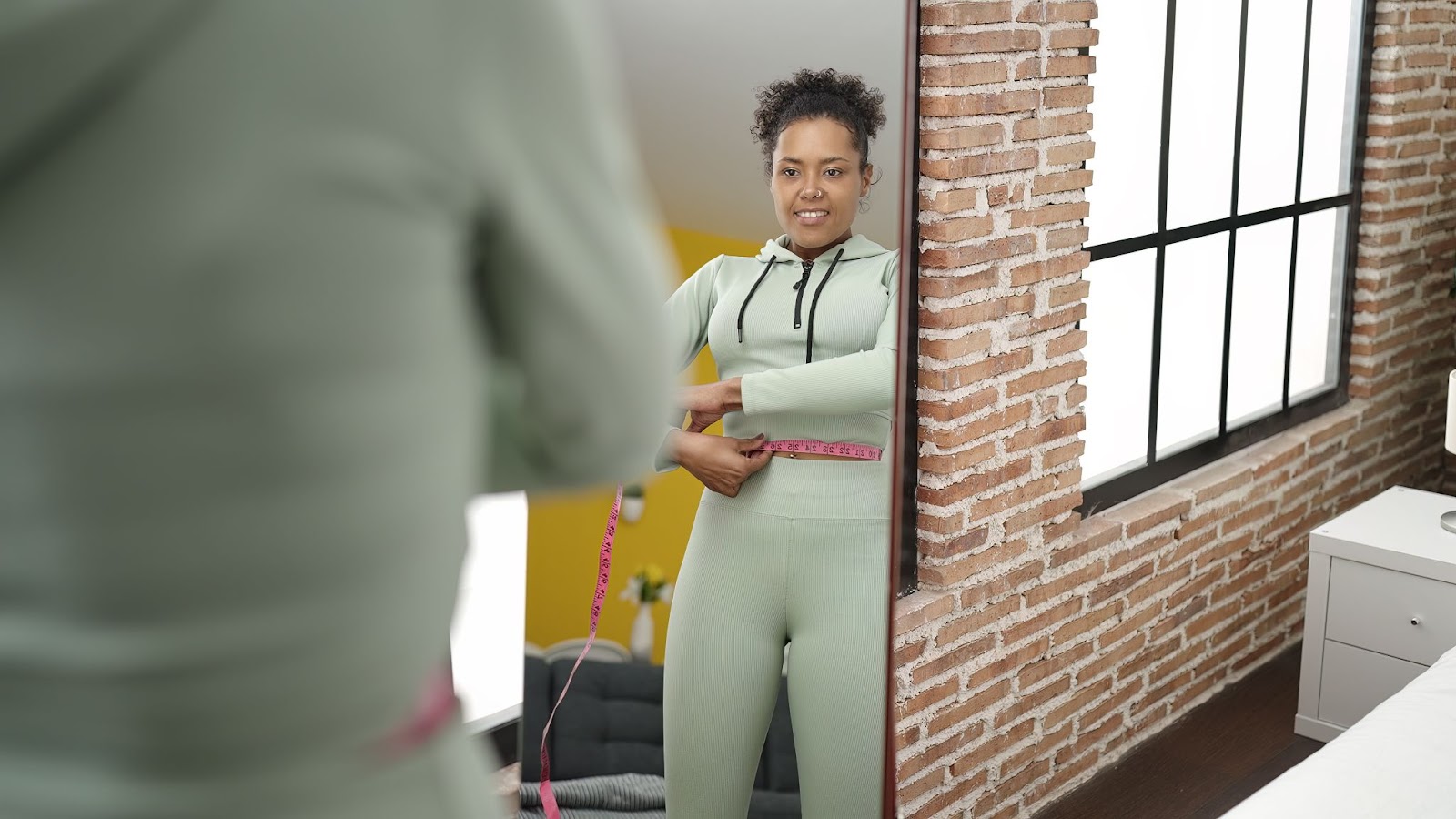
Why Is Body Composition Important?
When assessing our overall health and fitness level, there are a number of indicators to whether we’re in a good place or not. You could look at your resting heart rate, exercise endurance tests, strength or flexibility exams, and the like. But your body composition is the only test that gives you insight into the current state of your physicality, by showing you literally what your body is composed of at any given moment. Wanna know what is NOT an excellent indicator of your current physical health? The scale.
Any measurement that takes your weight into account without allowing for other, more precise attributes really gives you the short end of the stick. And that includes the dreaded and ever-present Body Mass Index, or BMI. Do a quick internet search on why BMI is a flawed health measurement tool, and you will see individuals with the same BMI and vastly different body types, athletic abilities, and overall health levels. And that’s where body composition comes in.
How to Measure Body Composition
Now, one good thing about the scale (possibly the only good thing) is the fact that it comes down to stepping on a platform, and stepping off again. You can’t get much simpler than that. But because body composition is a lot more complex with a lot of moving pieces (quite literally in fact!), measuring body composition is not so easy. There are several methods for how to measure body composition. Some are more practical and less accurate, and others the opposite. Here are a few of the most popular methods:
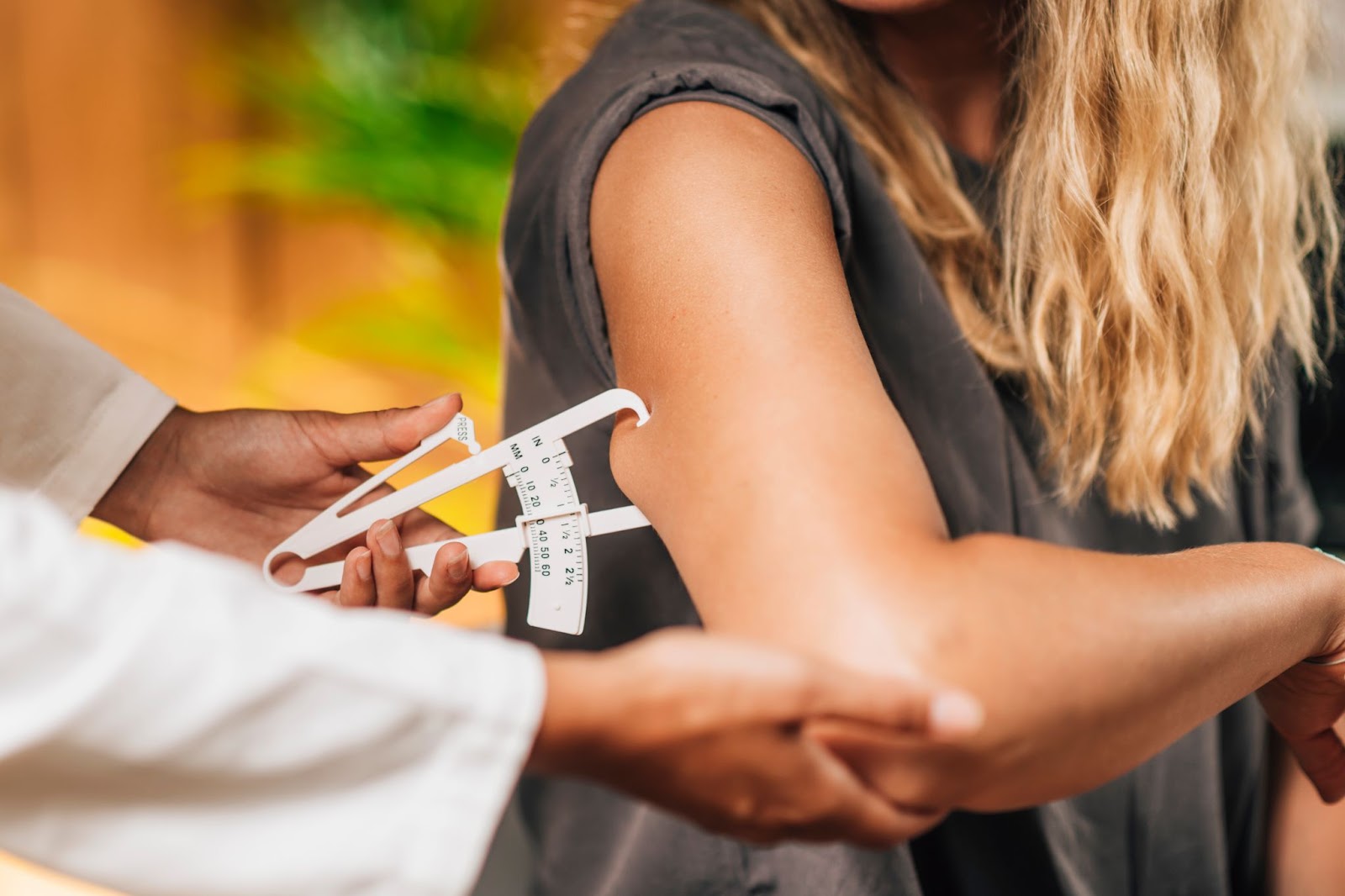
Skinfold Measurements
One of the oldest methods of measuring body composition is through the skin. It works through special calipers that lightly pinch the skin to measure subcutaneous fat on various parts of your body. A fitness trainer will take these measurements to get a general percentage of your body fat. The test is quick and easy, but have two serious drawbacks: trainers without the proper knowledge can make mistakes easily, and for people with higher levels of body fat it can be incredibly inaccurate.

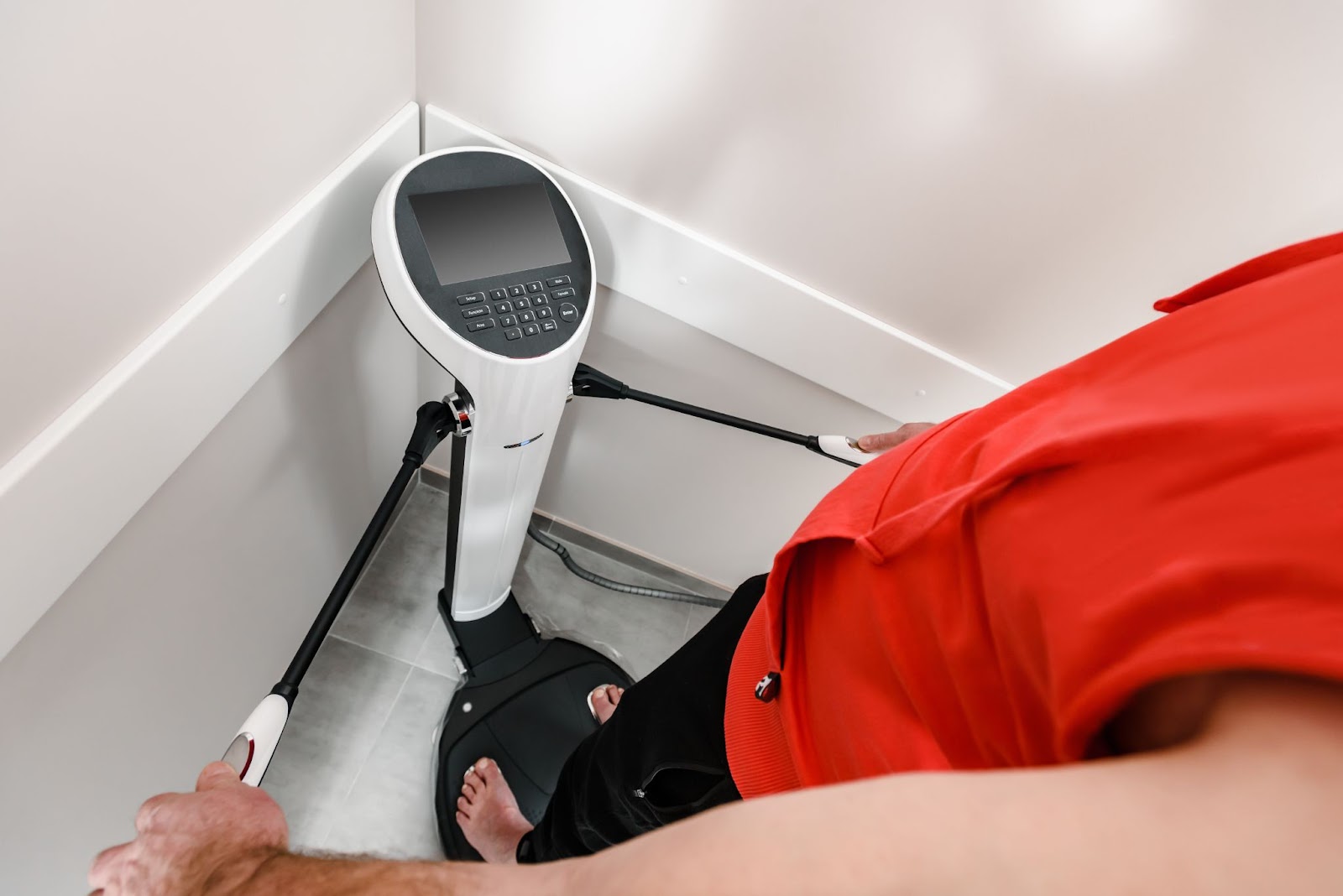
Bioelectrical Impedance
The next method of measuring body composition hits the sweet spot — it’s quick, pretty accurate, and readily available. You’ve probably seen one of those fancy electric scales in your fitness studio, with handles and two metal plates that you stand on — that’s a bioelectrical impedance measurement device. Shocking as it may seem (pun alert…), the scale actually sends an imperceptible electrical current up through one foot, it travels through your body, then returns through the other foot. Since muscles have a lower resistance to electricity than fat cells do, the machine can provide an accurate reading. We say “can,” because your hydration level can impact the results of the test. So if you’d like to shell out for one of these machines for your home, and take multiple readings over the course of a month and average them out, it’s a pretty darn good way to go.
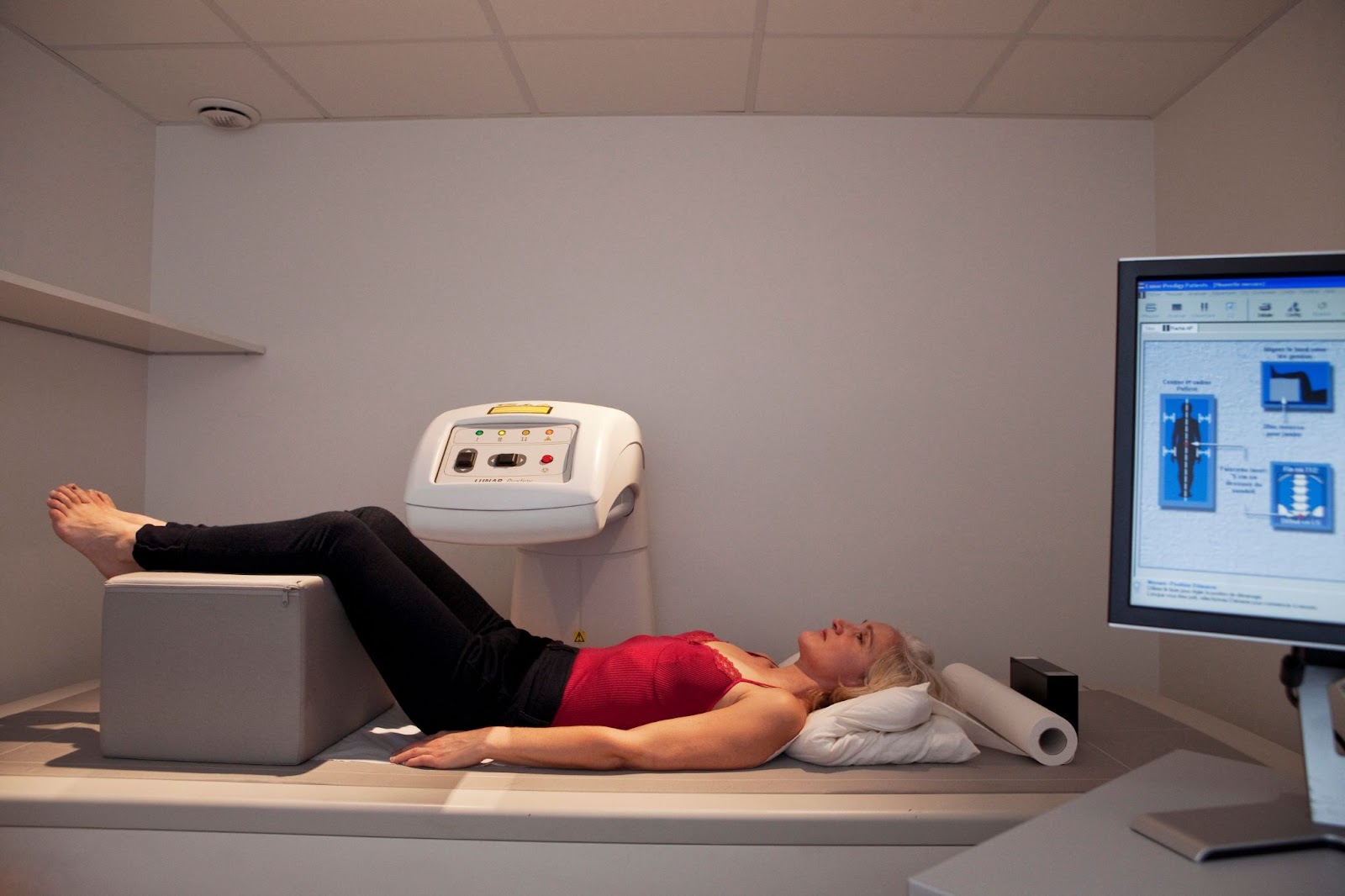
DEXA Scan
Getting even more complicated, we have the DEXA scan, which stands for dual-energy X-ray absorptiometry scan. This method uses a very low power X-ray to take highly accurate measurements of muscle mass, body fat, even bone density. It’s fast and painless, plus it can provide targeted body composition numbers on different parts of your body. The down-side is that it has to be performed by a medical professional.

Hydrostatic Weighing
You’ve probably heard that fat floats and muscle sinks, and hydrostatic weighing takes advantage of this fact. To undergo this test, you submerge yourself fully in a tank of water, and the test records your body composition with the highest results you’re going to find. However, this incredibly precise test can be much harder to locate. So if you ever get a chance to step in one, take it.
How to Improve Body Composition
Well we’ve run through how to test your body composition, now about the real question — how do you improve your body composition numbers???
First off, you’re gonna want to get in those ZZZs! Without a proper sleep routine, your body begins to shut down, slowing your metabolism and increasing fat storage. Once you’ve got that dialed in, drink your H20! Not only does water help with healthy digestion, but it helps you flush out toxins and recover after workouts. After that, you need to focus on eating a clean and healthy diet, with minimal processed foods.
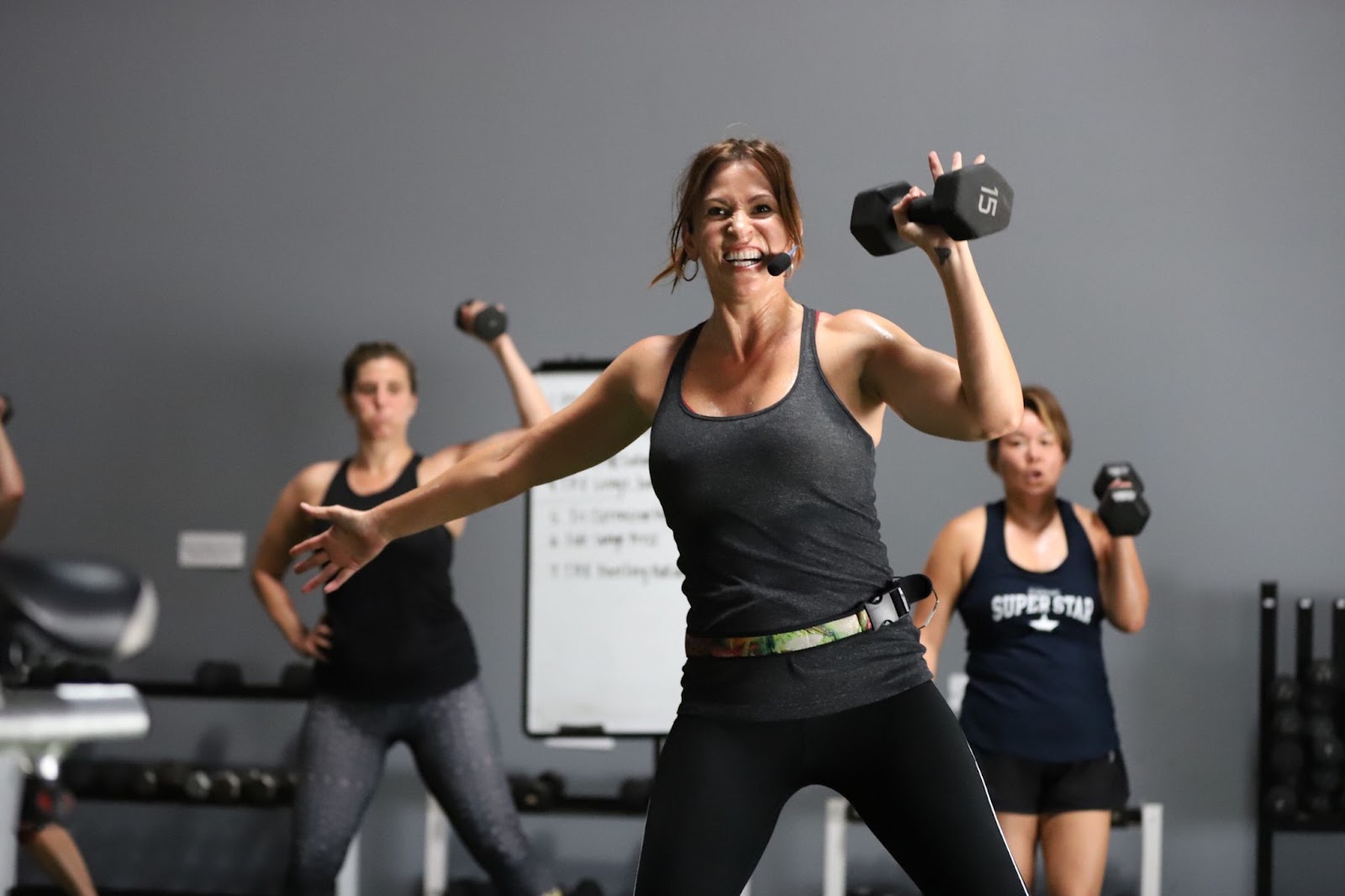
Once you’ve got those factors under control, it’s time to bring in the BIG GUN: Exercise! One of the best ways to improve body composition is to incorporate strength training, HIIT exercise, and extended cardio. And the best way to do that is by signing up for a 7-Day Free Trial with Studio SWEAT onDemand! We’ve got an entire library of virtual workouts taught by passionate, motivating trainers, and featuring real people just like you! We’ve got Indoor Cycling, Yoga, Pilates, Barre, Body Sculpting, TRX, Core, and tons of other workouts to keep your fitness fresh. That’s why we were selected as the “Best Fitness App for Variety” by some of the biggest fitness publications in the land.
Sign up today, and let’s get that body composition right where it needs to be. Class dismissed!



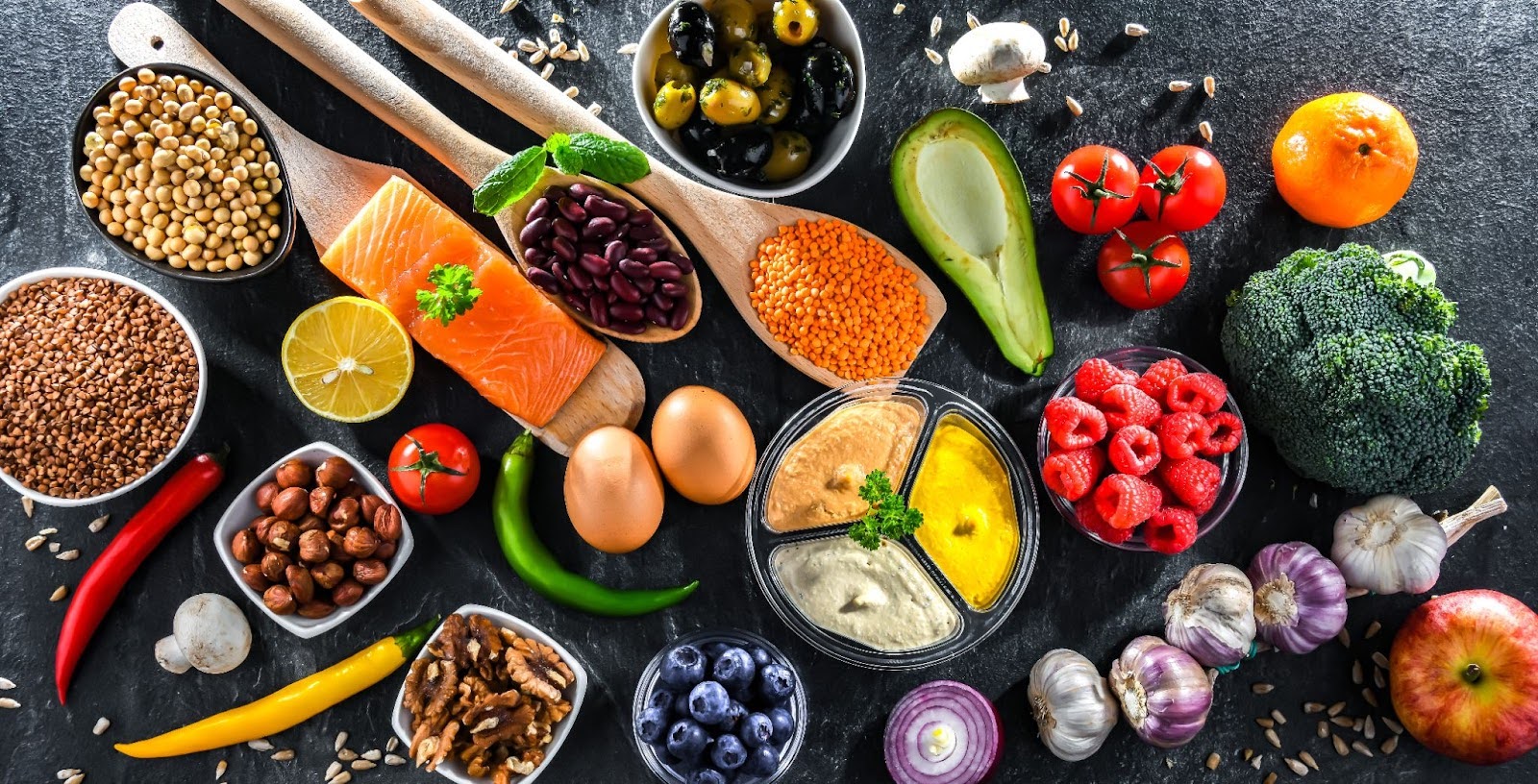





Comments - 0